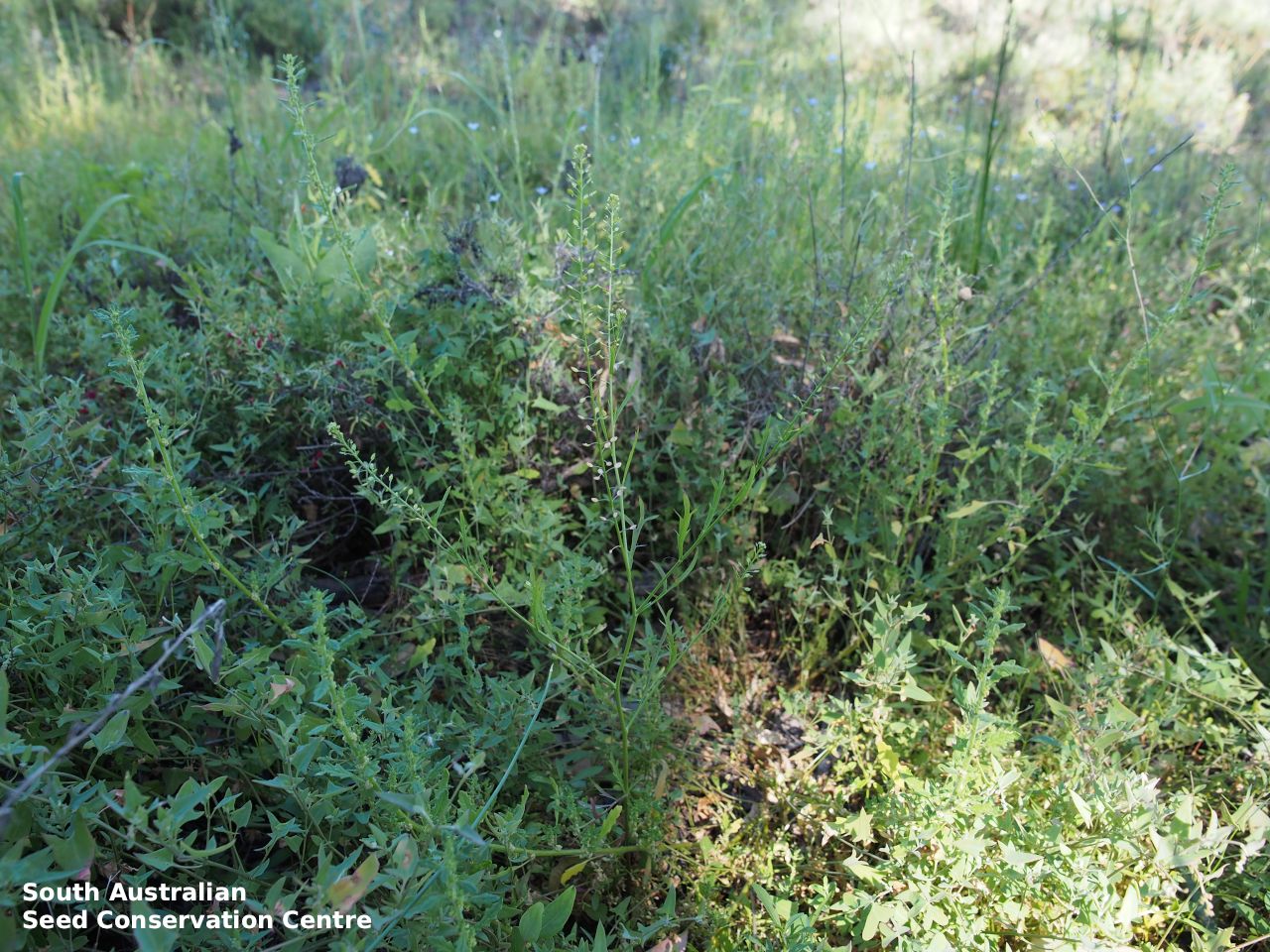
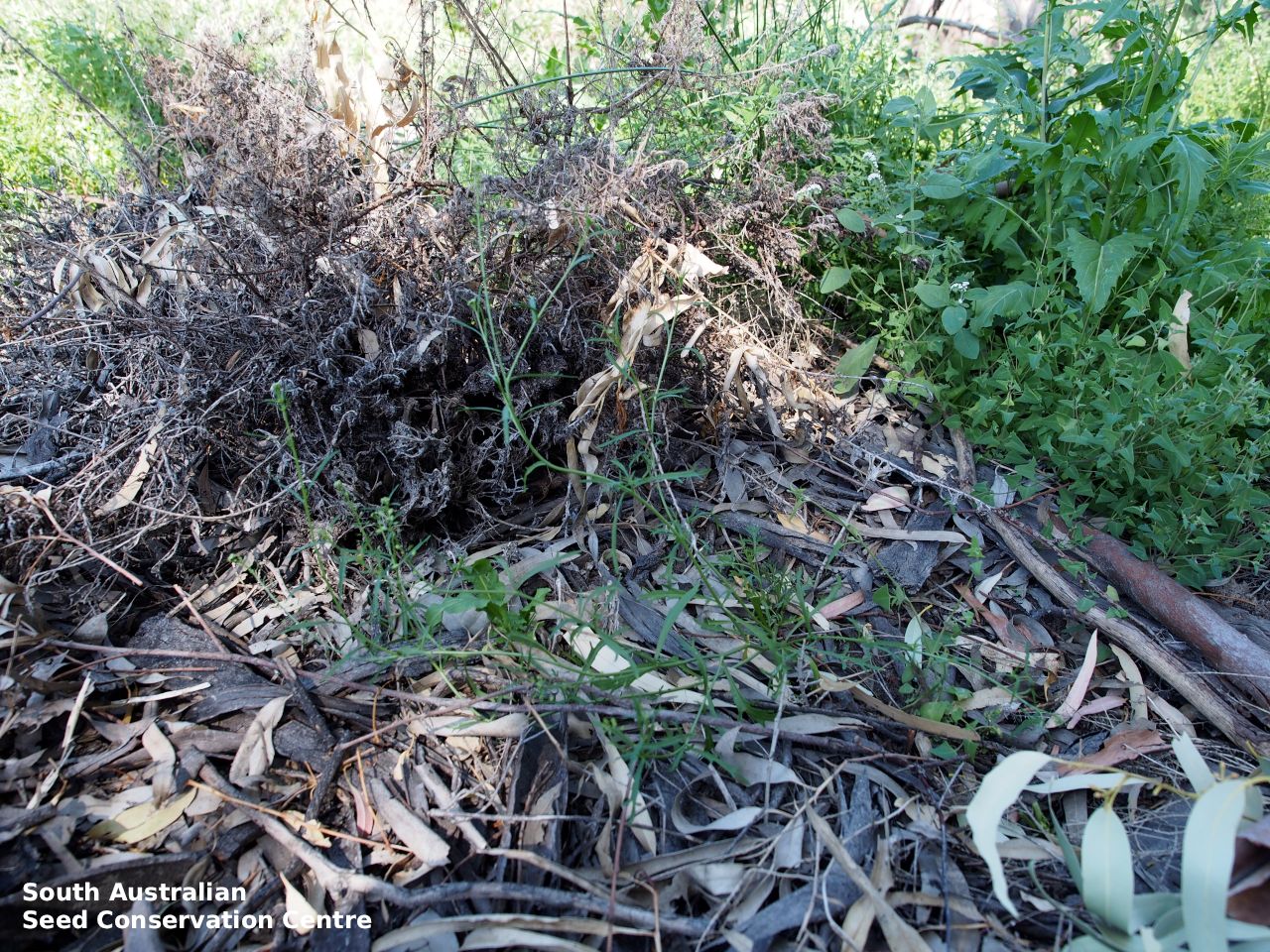
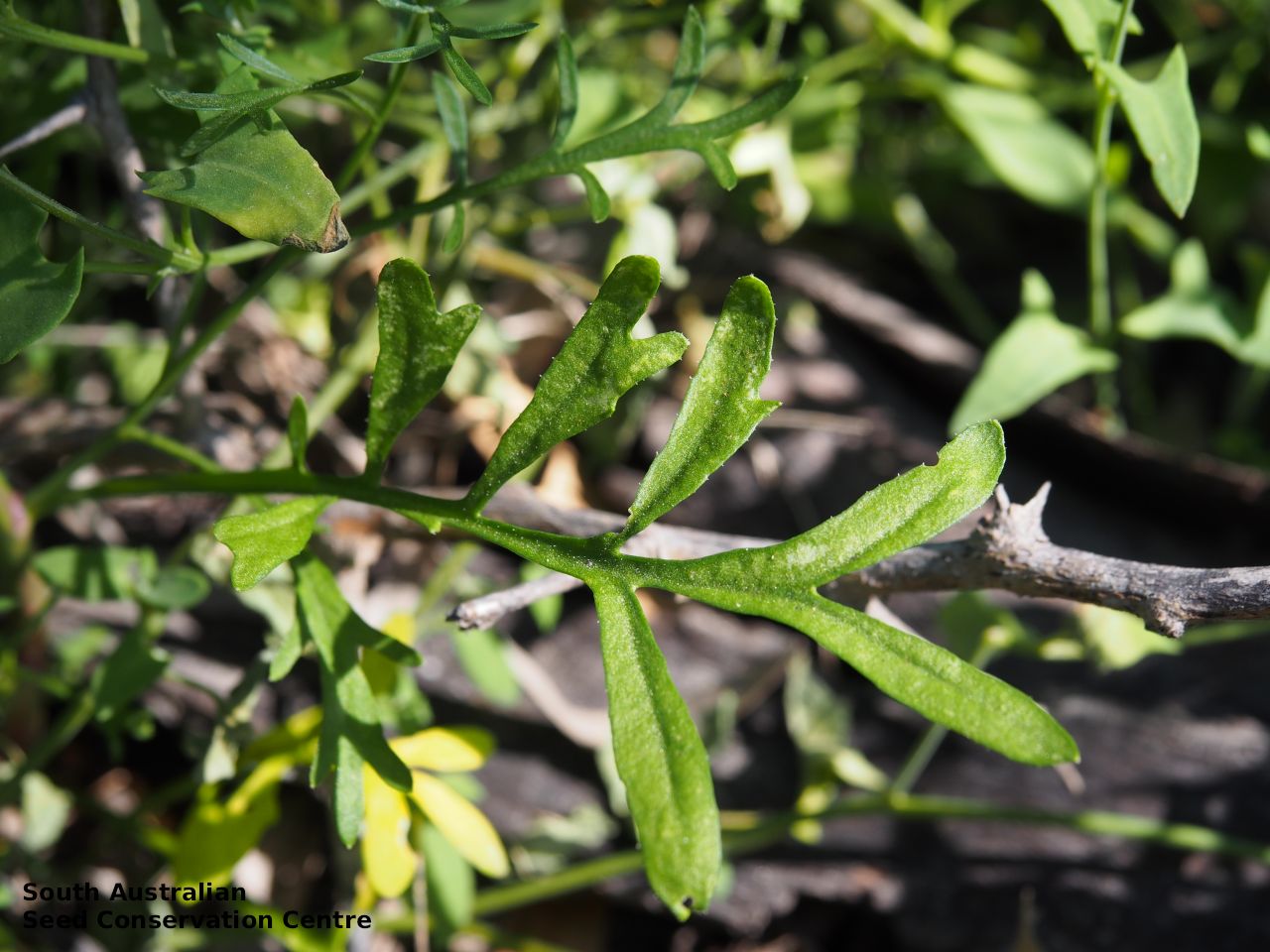
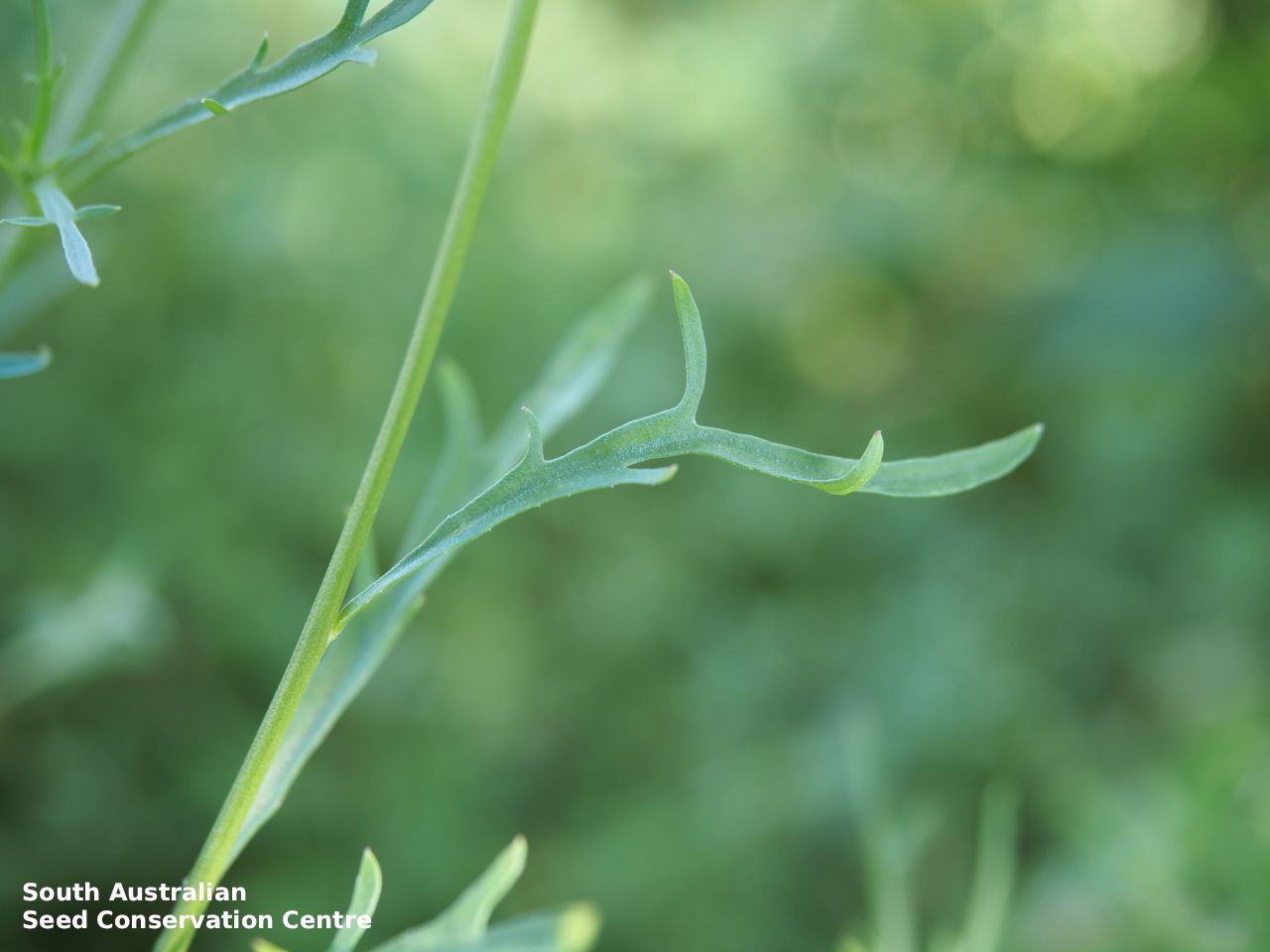
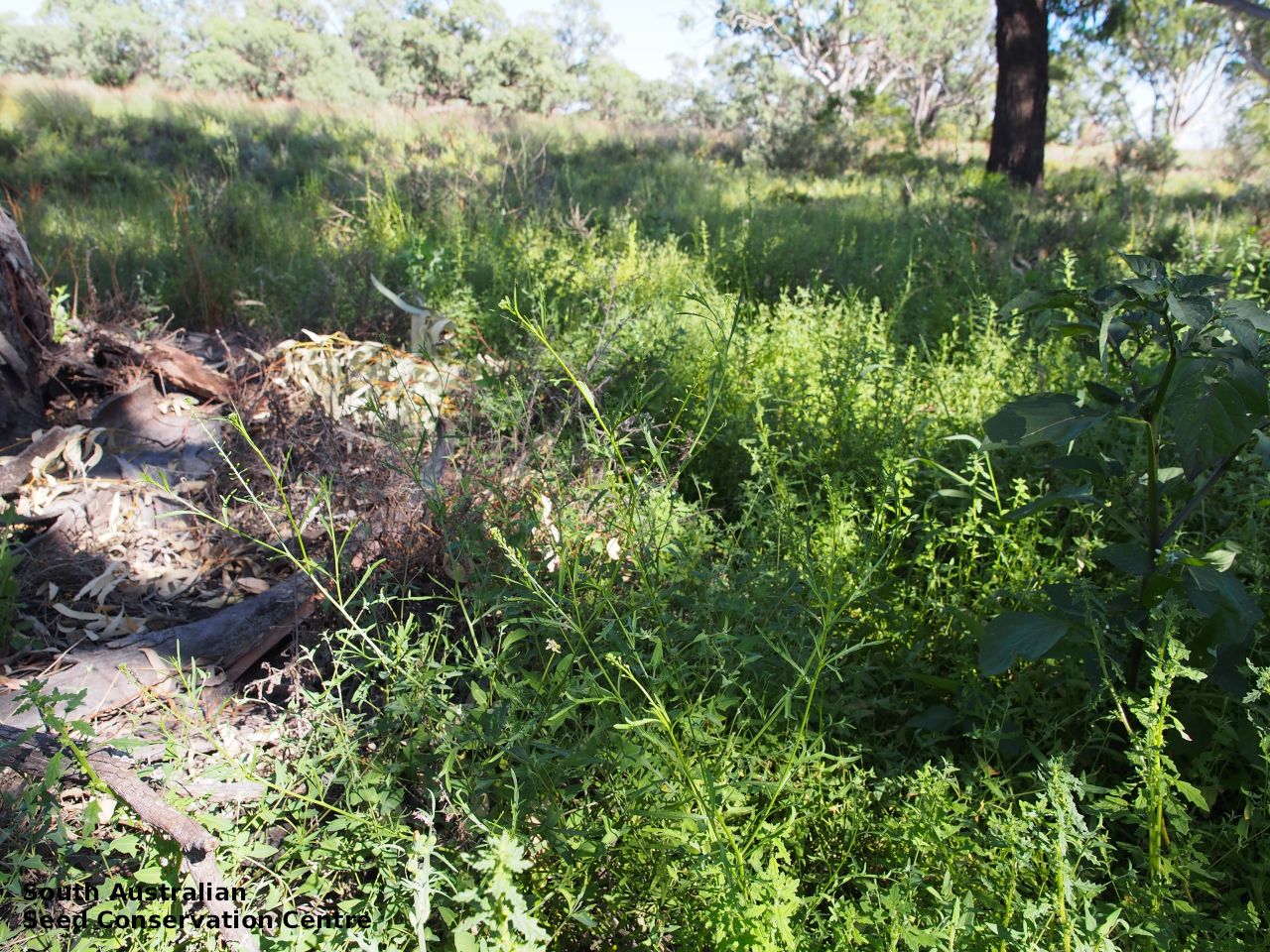
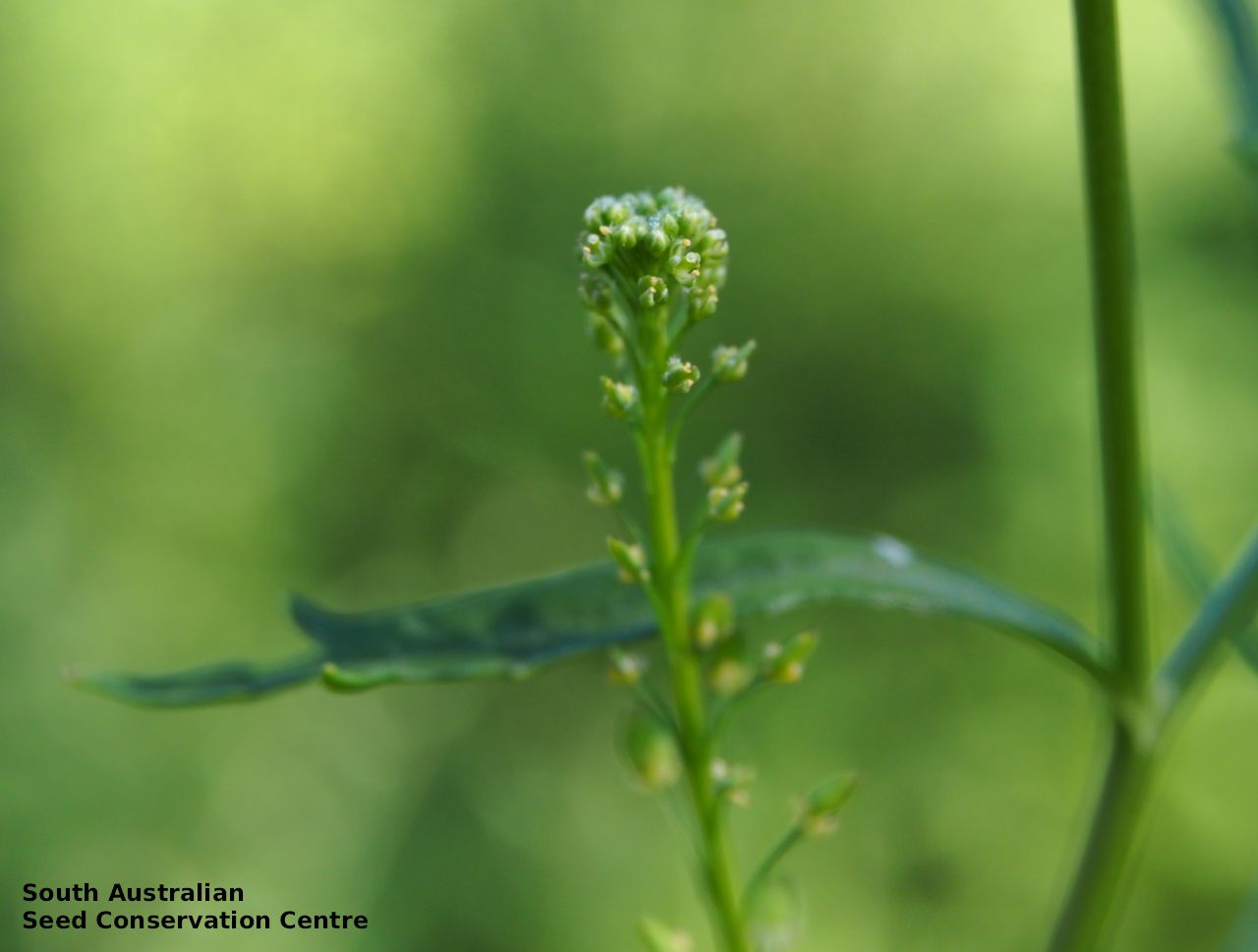
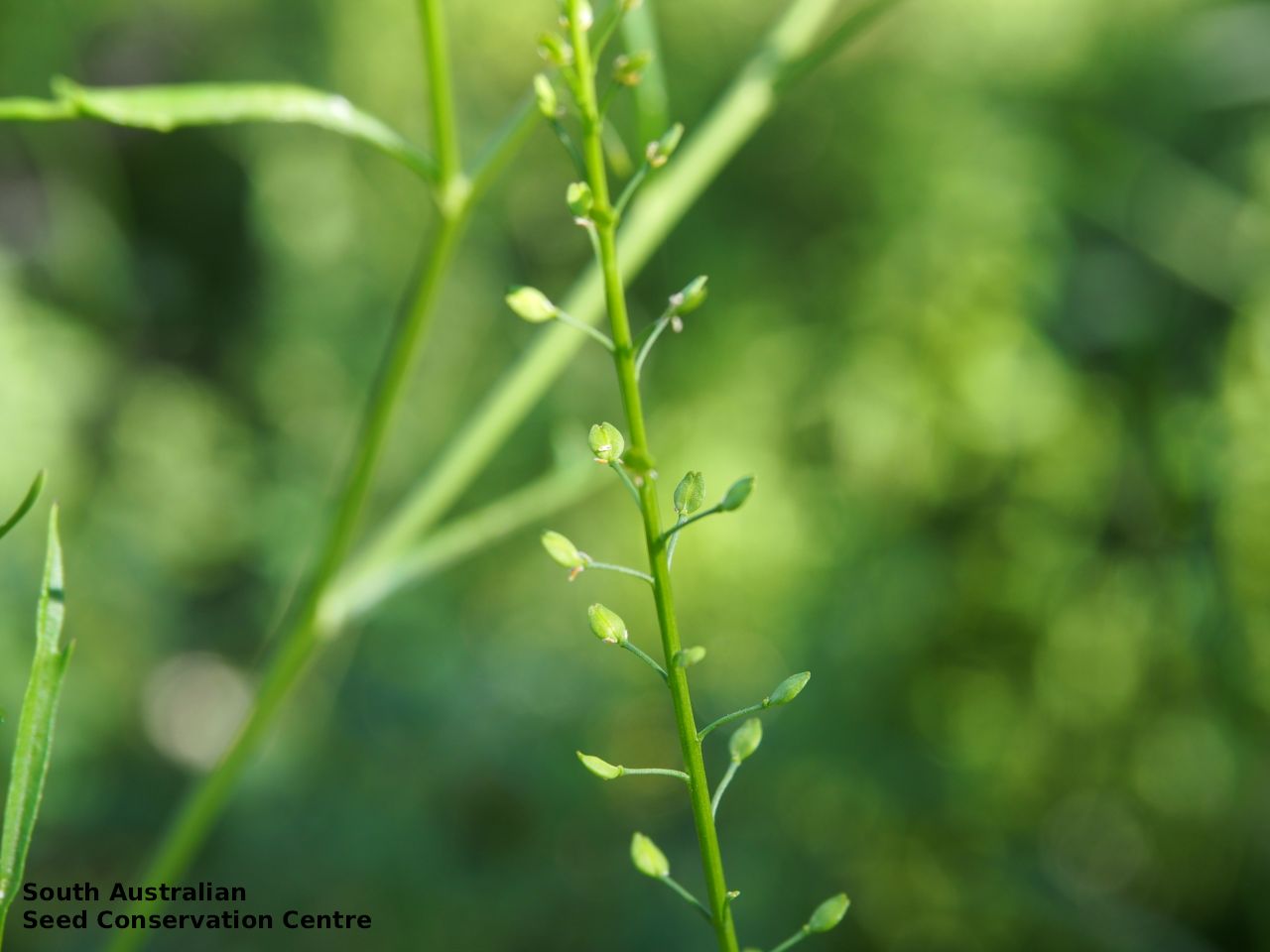
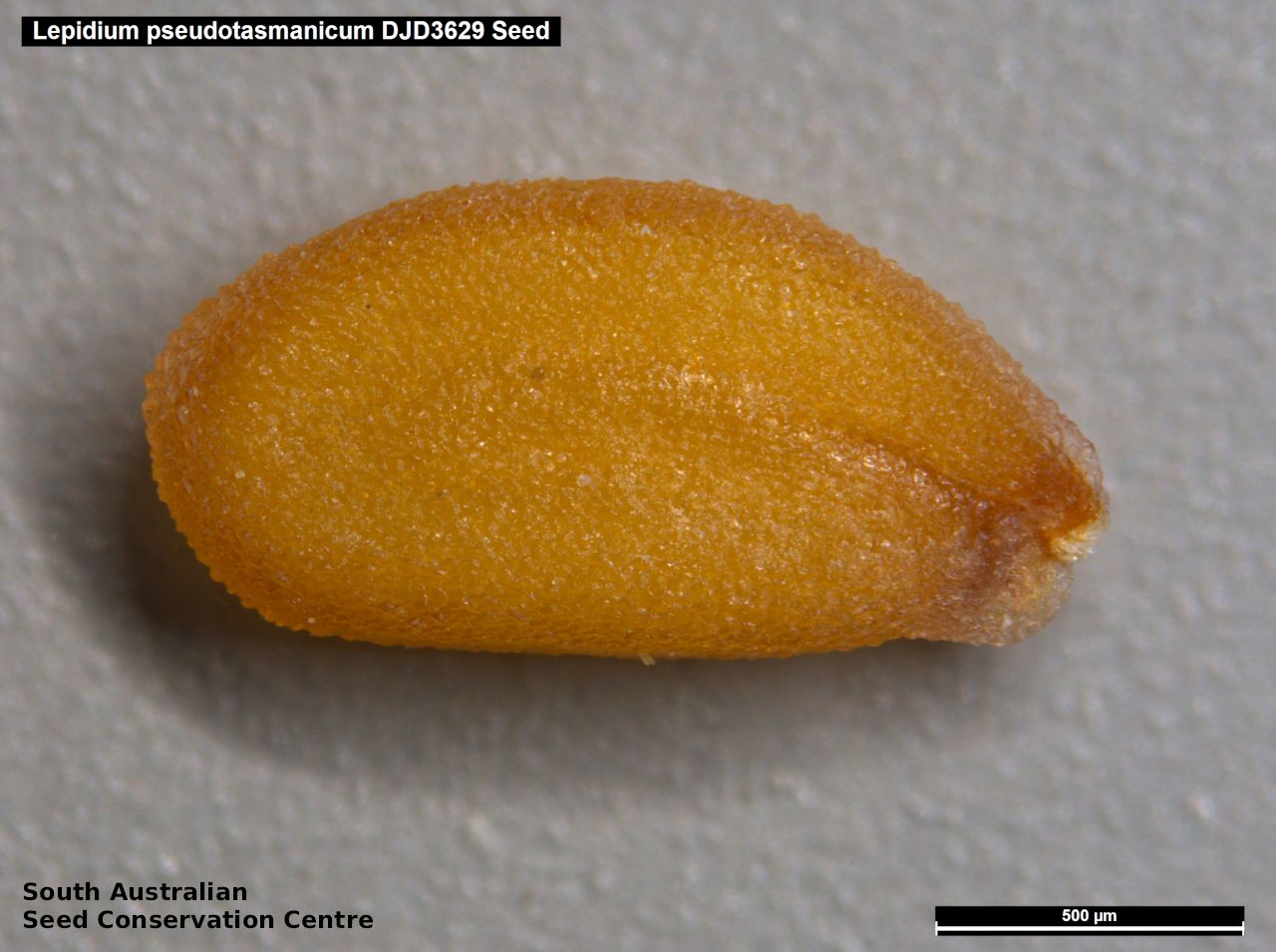
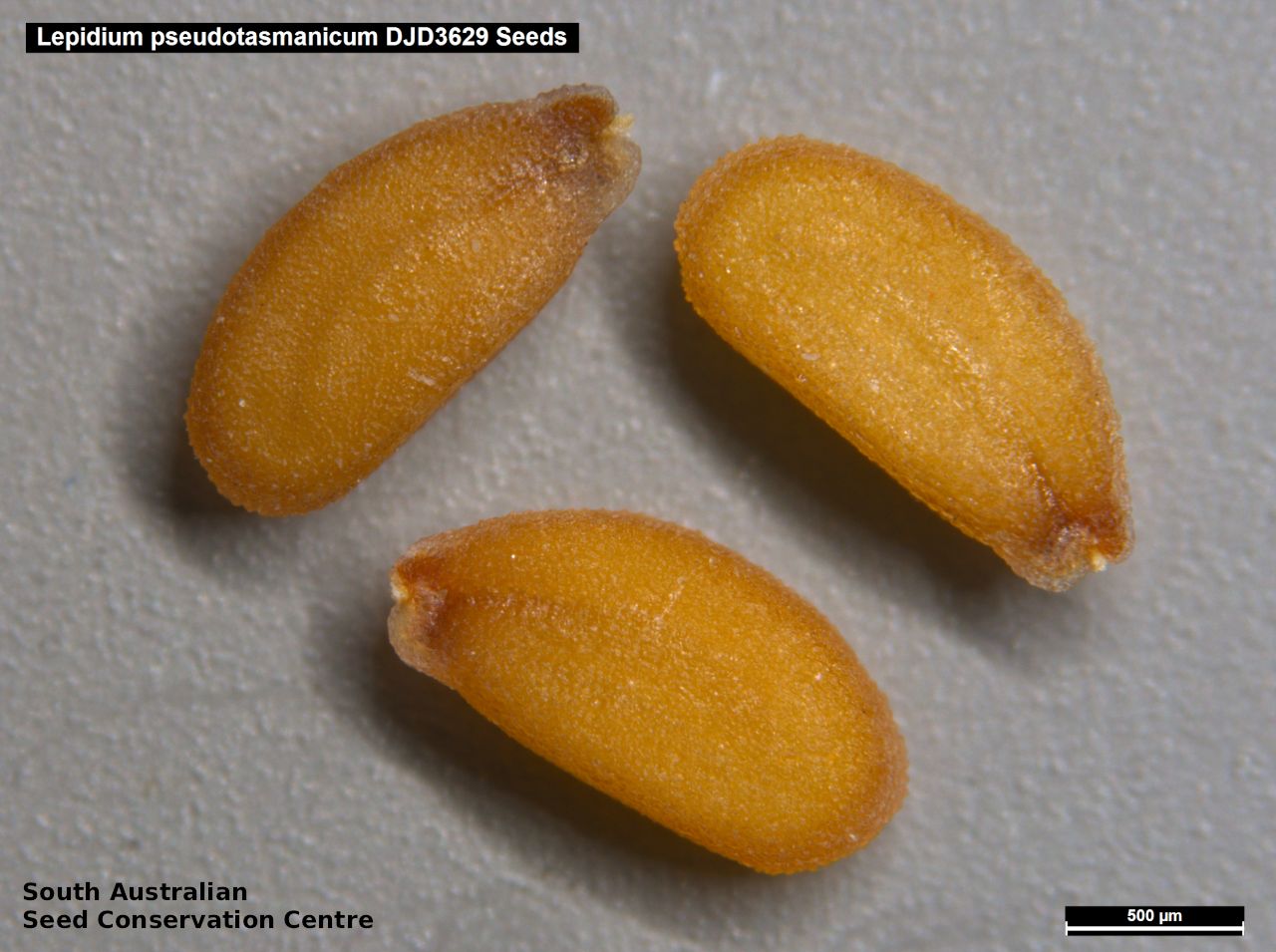
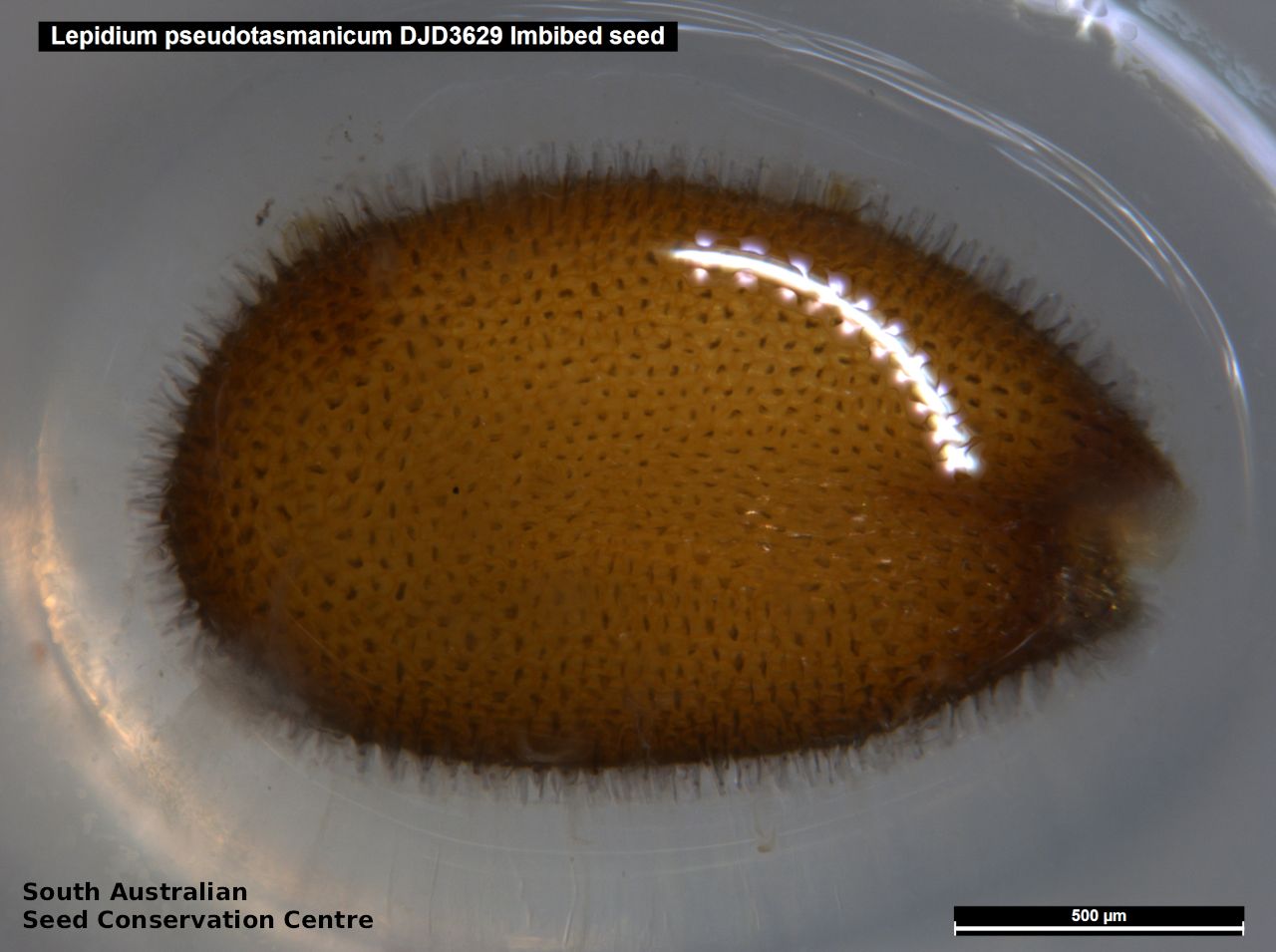
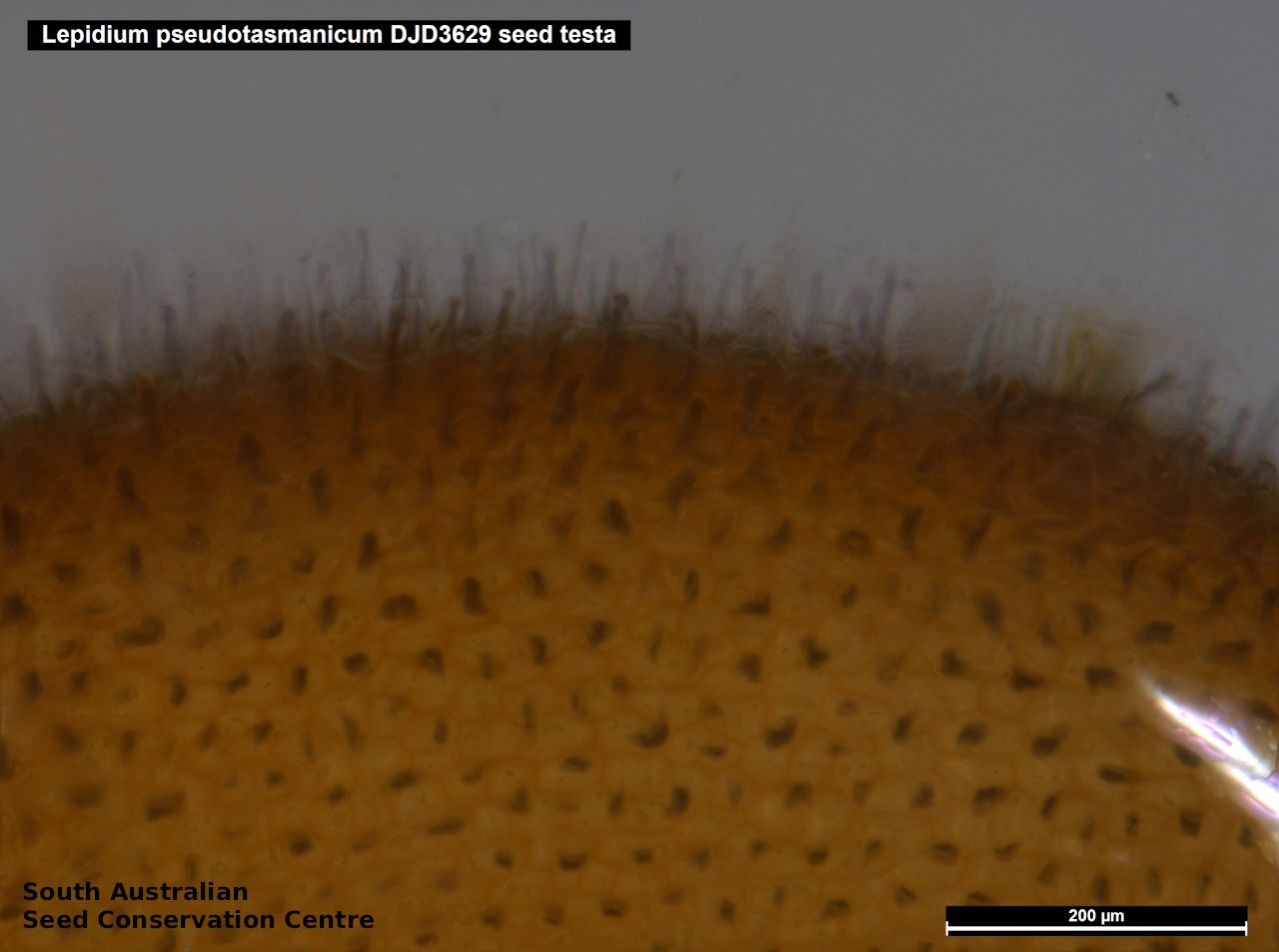
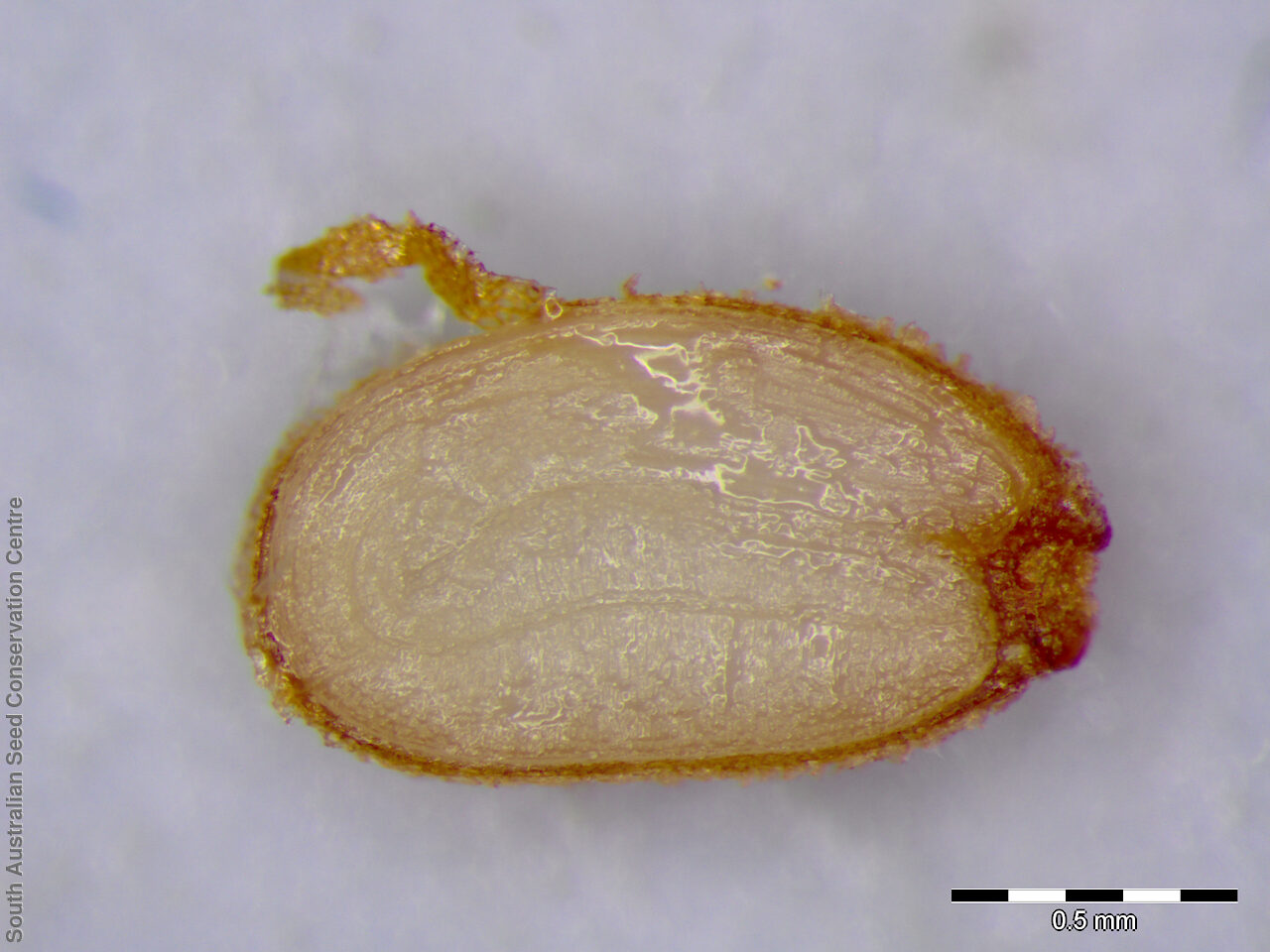
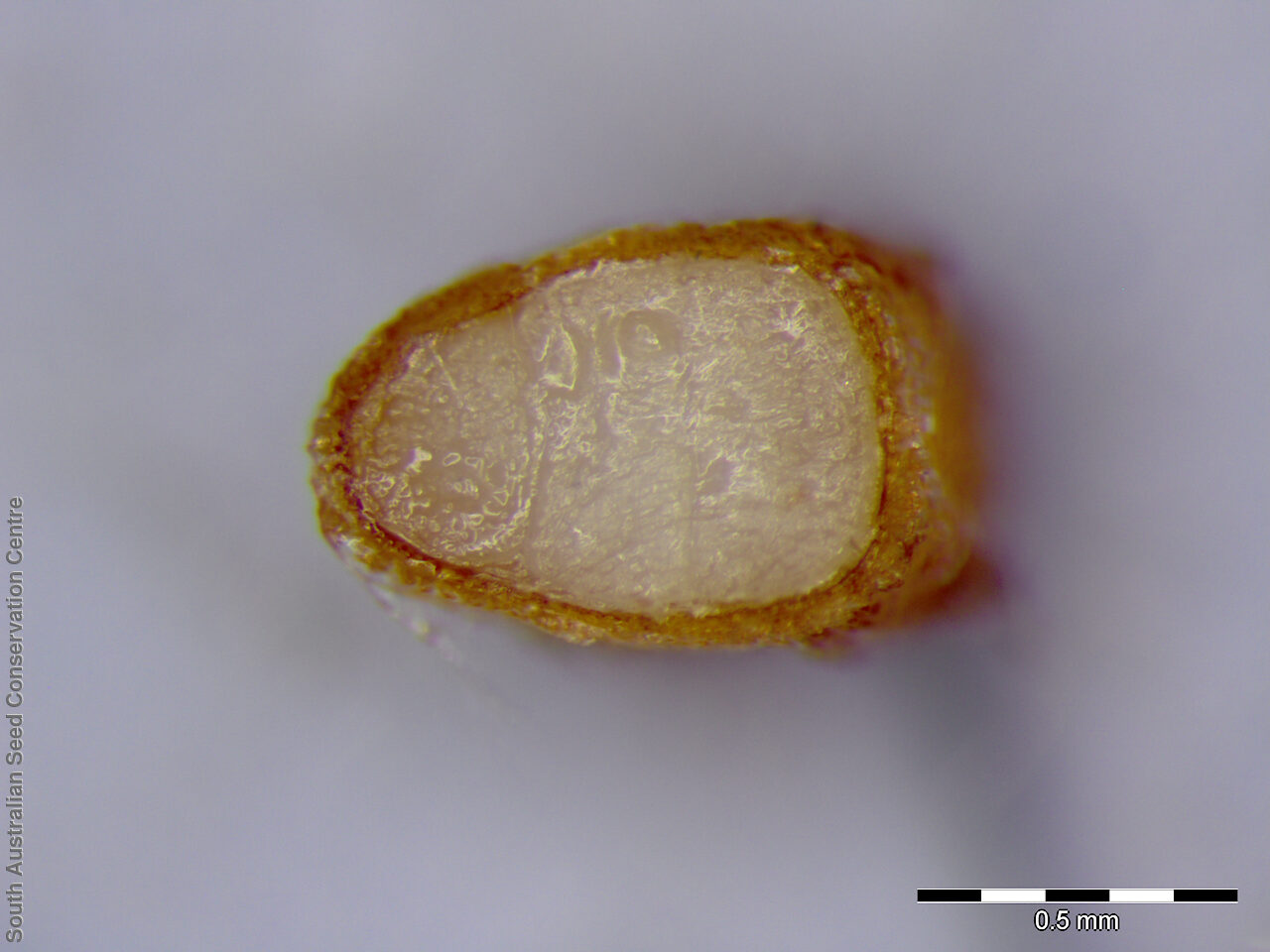


Botanical art
Common names
Shade Peppercress
Tasmanian Peppercress
Etymology
Lepidium from the Greek 'lepis' meaning a scale; referring to the appearance of the fruits. Pseudotasmanicum from the Greek 'pseudo' meaning false and Tasmanica meaning of or from Tasmania; possibly referring to the incorrect initial distribution of the species to only Tasmania.
Distribution and status
Found in the southern Flinders Ranges, Mid-North and along the Murray River in South Australia, growing in rocky areas. Also found in Western Australia, New South Wales, Victoria and Tasmania. Native. Rare in South Australia. Uncommon in Western Australia, New South Wales and Tasmania. Common in Victoria.
Herbarium regions: Flinders Ranges, Northern Lofty, Murray
NRM regions: Adelaide and Mount Lofty Ranges, Northern and Yorke, South Australian Murray-Darling Basin
AVH map: SA distribution map (external link)
Plant description
Erect annual or biennial herb to 40 cm high, stem glabrous or with scattered hairs. Leaves with short hairs, basal leaves to 9 cm long, pinnate with narrow linear lobes, stem leaves reducing to linear and entire. Inflorescence an elongating spike with small white flowers, petals reduced or absent. Flowers possibly throughout the year. Fruits are brown elliptic pod to 3 mm long and 2 mm wide, wings slight in upper half forming slight narrow notch. Seeds are brown reniform seed to 1.5 mm long and 0.9 mm wide, with fine tuberculated surface. Seed embryo type is bent.
Seed collection and propagation
Collect seeds between January and December. Collect maturing pods those turning pale brown with hard seeds inside. Be gentle with the pods as they split open easily. Place the pods in a tray and cover with paper to prevent seeds from popping out and leave to dry for a week. Then rub the dried pods gently by hand to dislodge the seeds. Use a sieve to separate the unwanted material. Store the seeds with a desiccant such as dried silica beads or dry rice, in an air tight container in a cool and dry place. From two collections, the seed viability were average to high, ranging from 70% to 85%.
| Location | No. of seeds (weight grams) | Number of plants | Date collected | Collection number Collection location | Date stored | % Viability | Storage temperature |
|---|---|---|---|---|---|---|---|
| BGA | 1,600 (0.33 g) | 10 | 15-Nov-2007 | RJB75917 Northern Lofty | 19-Sep-2008 | 70% | +5°C, -18°C |
| BGA | 1,600 (0.5 g) | 30+ | 7-Dec-2009 | KHB326 Flinders Ranges | 1-Jun-2010 | 85% | -18°C |
| BGA | 2,400 (0.52 g) | 50+ | 1-Mar-2017 | DJD3629 Murray | 1-Nov-2017 | 65% | -18°C |
| BGA | 38,500 (11.29 g) | 24 | 10-Sep-2017 | DJD3629 Murray | 30-Jun-2018 | 90% | -18°C, -80°C |
Number of plants: This is the number of plants from which the seeds were collected.
Collection location: The Herbarium of South Australia's region name.
% Viability: Percentage of filled healthy seeds determined by a cut test or x-ray.